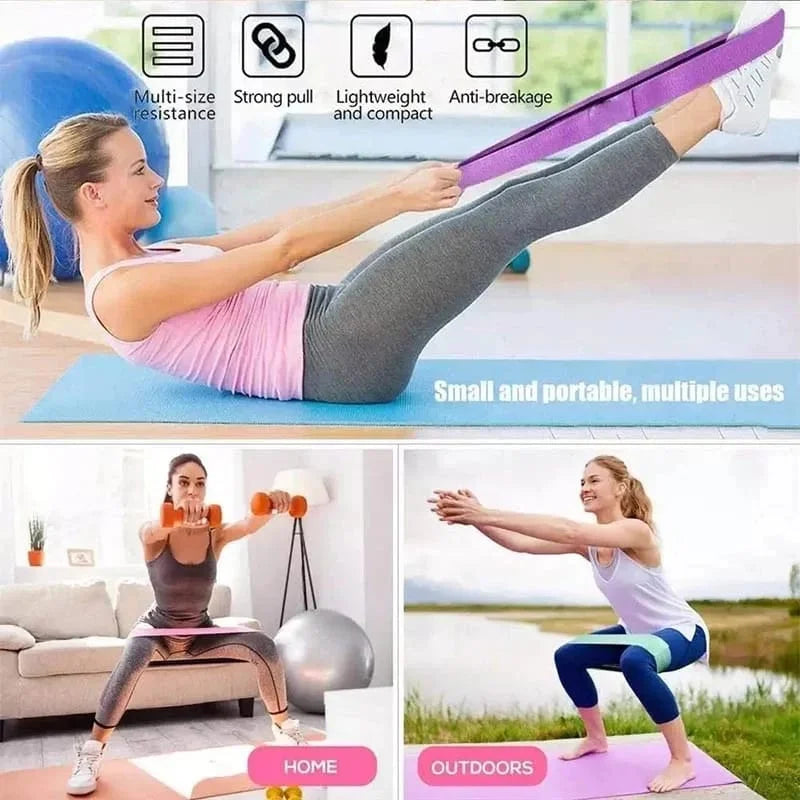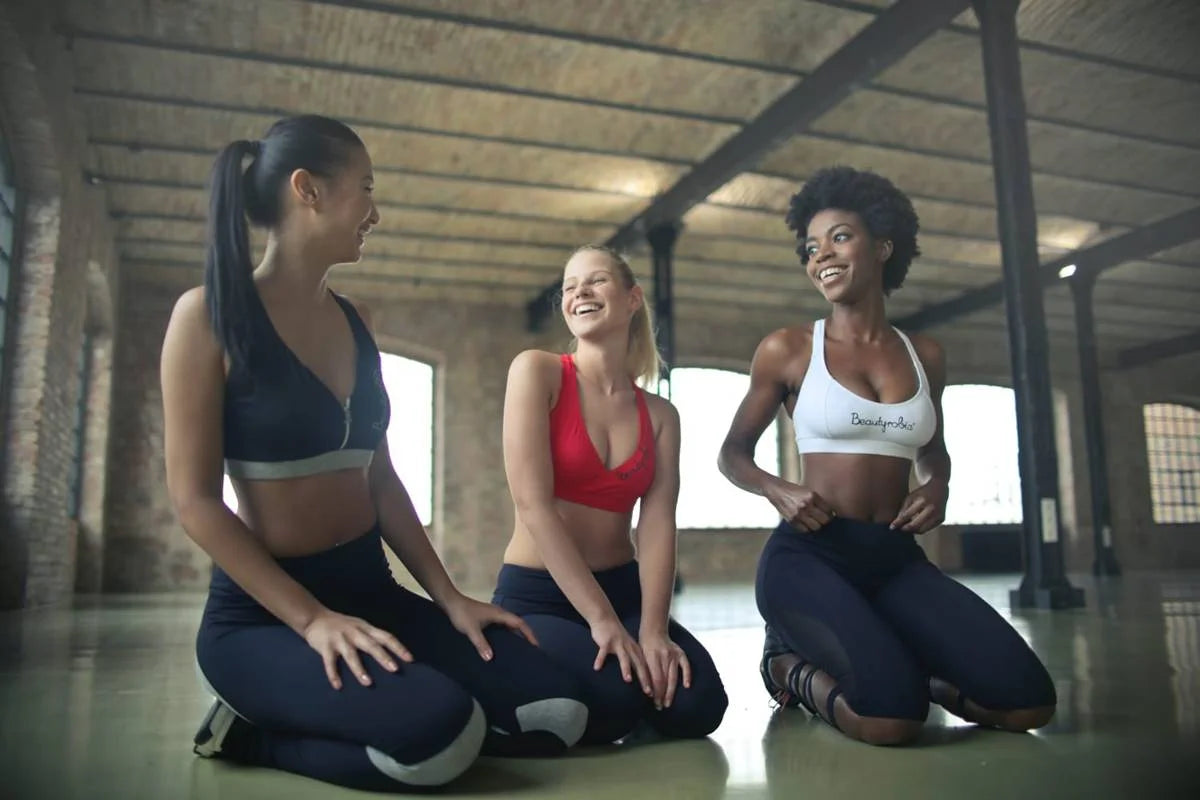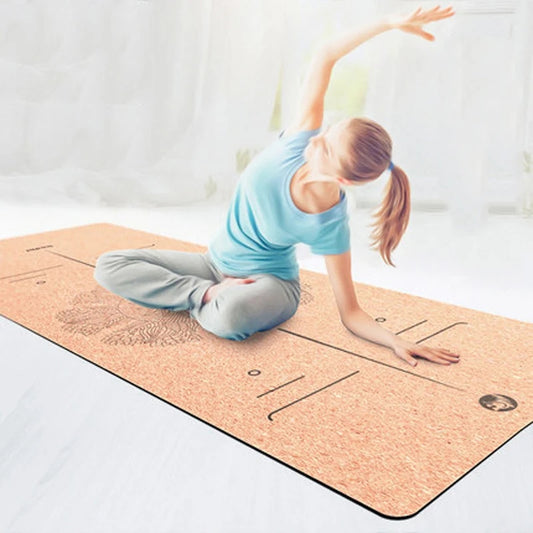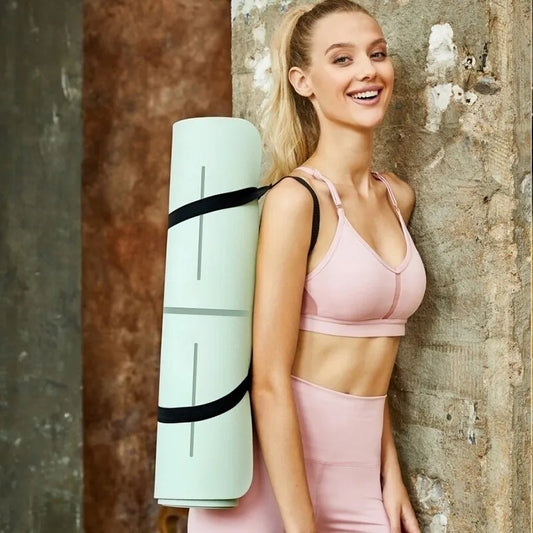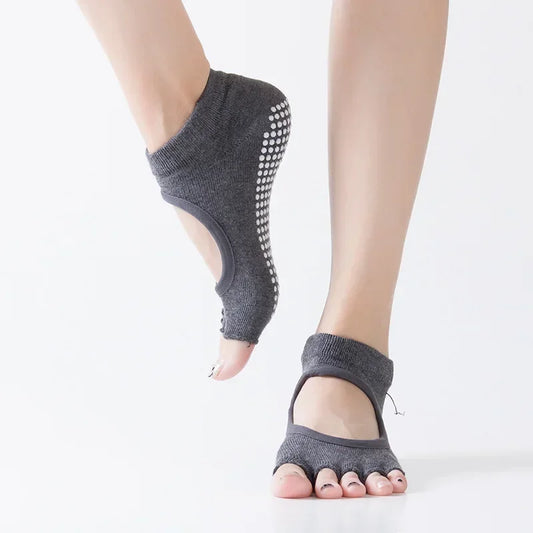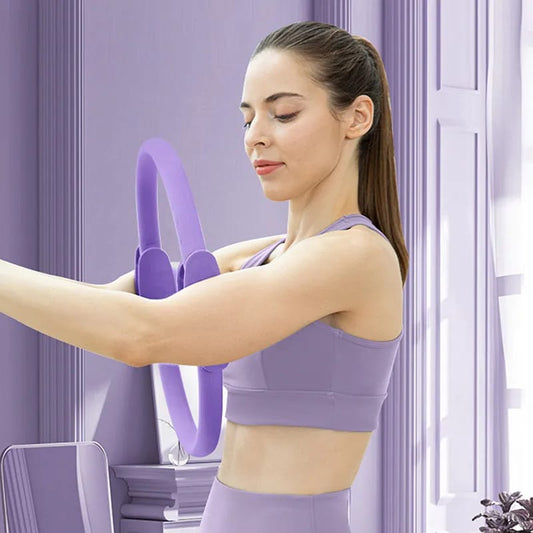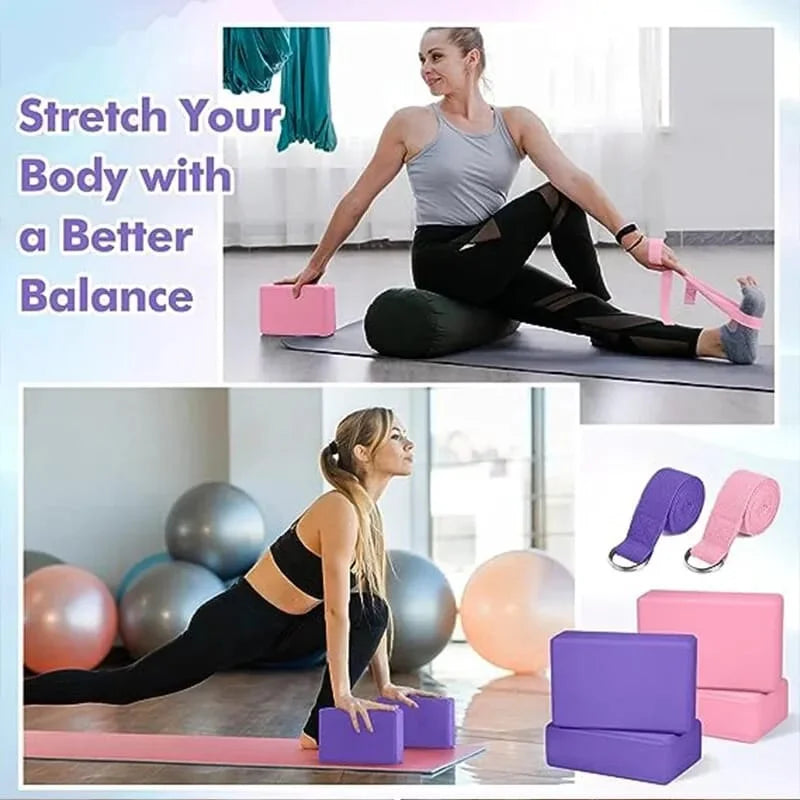yoga bolster is a firm, supportive cushion used in yoga practice to enhance comfort, support the body, and deepen relaxation in various poses. It is particularly beneficial in restorative yoga, prenatal yoga, and for those who need extra support in their practice. Here's a closer look at the uses, benefits, and tips for using a yoga bolster:
Benefits of a Yoga Bolster:
- Support and Comfort: Provides support and cushioning for the body in various poses, reducing strain on muscles and joints.
- Enhanced Relaxation: Promotes relaxation by supporting the body in restorative poses, allowing for deeper release and rest.
- Improved Alignment: Helps maintain proper alignment in poses, preventing overextension and promoting safe practice.
- Increased Flexibility: Assists in gently opening and stretching the body, enhancing flexibility over time.
- Stress Relief: Supports the body in restorative and relaxing poses, aiding in stress reduction and promoting a sense of calm.
- Prenatal Support: Provides extra support and comfort for pregnant women, allowing them to practice yoga safely.
Common Uses of a Yoga Bolster:
- Restorative Yoga: Used extensively in restorative yoga to support the body in poses like Supported Child's Pose, Supported Bridge Pose, and Reclining Bound Angle Pose.
- Seated Forward Bend (Paschimottanasana): Placing a bolster on the legs can make the pose more accessible and comfortable, allowing for a deeper stretch.
- Reclining Bound Angle Pose (Supta Baddha Konasana): Placing a bolster lengthwise along the spine provides support for the back and promotes chest opening.
- Legs Up the Wall Pose (Viparita Karani): Placing a bolster under the hips enhances relaxation and elevates the legs for improved circulation.
- Supported Child’s Pose (Balasana): Placing a bolster under the torso provides comfort and support, allowing for a deeper and more relaxing pose.
- Reclining Hero Pose (Supta Virasana): A bolster can support the back in this pose, making it more accessible and reducing strain on the knees.
Tips for Using a Yoga Bolster:
- Choose the Right Bolster: Bolsters come in various shapes (rectangular, cylindrical) and sizes. Choose one that suits your body and practice needs. Rectangular bolsters provide a broader surface, while cylindrical bolsters are great for back support.
- Positioning: Ensure the bolster is positioned correctly to provide maximum support. It should feel comfortable and supportive without causing strain.
- Breath Awareness: Use deep, mindful breathing to enhance relaxation and the benefits of supported poses.
- Combine with Other Props: Use bolsters in conjunction with other props like blocks, straps, and blankets to create a more supportive and comfortable practice.
- Practice Regularly: Incorporate the bolster into your regular yoga practice to experience its full benefits. Regular use can help improve flexibility, alignment, and relaxation.
Examples of Yoga Poses with a Bolster:
-
Supported Child’s Pose (Balasana):
- Kneel on the mat with big toes touching and knees wide apart.
- Place a bolster lengthwise between the knees.
- Sit back on the heels and fold forward, resting the torso and head on the bolster.
- Arms can rest alongside the bolster or extend forward.
-
Supported Bridge Pose (Setu Bandhasana):
- Lie on your back with knees bent and feet flat on the floor.
- Place a bolster under the sacrum (lower back).
- Allow the weight of the body to rest on the bolster, opening the chest and relaxing the lower back.
-
Supported Reclining Bound Angle Pose (Supta Baddha Konasana):
- Sit with knees bent and soles of the feet together.
- Place a bolster lengthwise behind you.
- Recline back onto the bolster, allowing the spine to be supported and the chest to open.
- Arms can rest out to the sides or overhead.
-
Legs Up the Wall Pose (Viparita Karani):
- Sit with one hip against the wall.
- Swing the legs up the wall and lower the back onto the floor.
- Place a bolster under the hips for support.
- Relax and breathe deeply.
A yoga bolster is a versatile and valuable prop that can enhance your yoga practice by providing support, comfort, and deeper relaxation. Incorporating a bolster into your routine can help you achieve better alignment, greater flexibility, and an overall more restorative practice.



